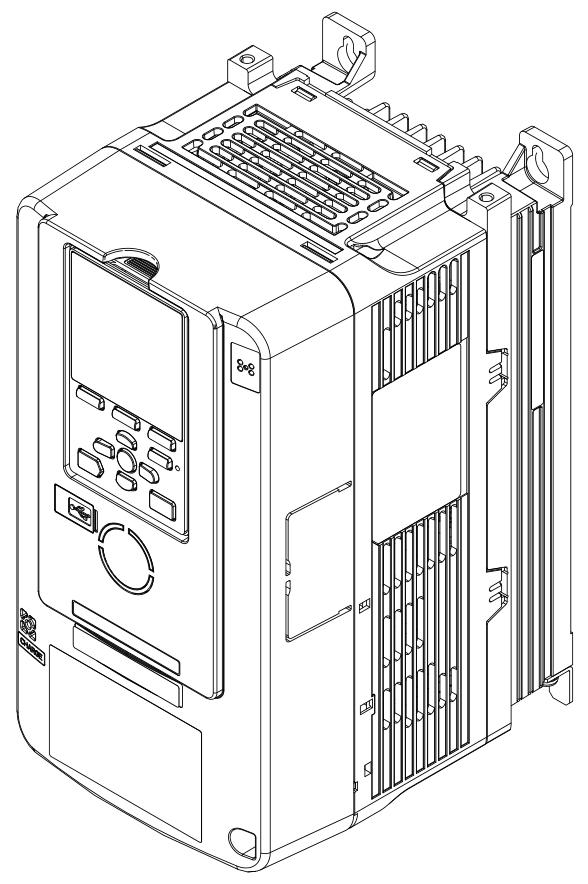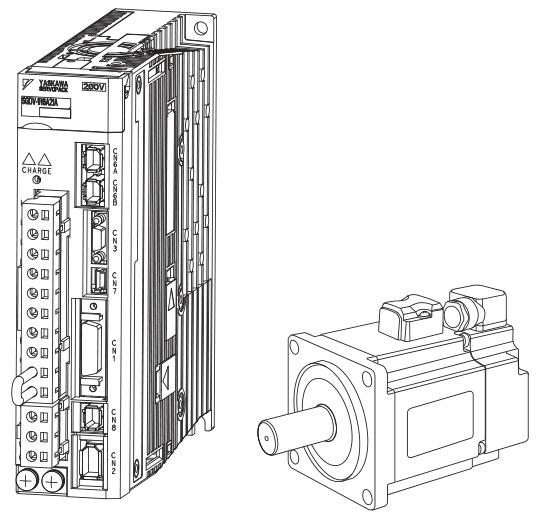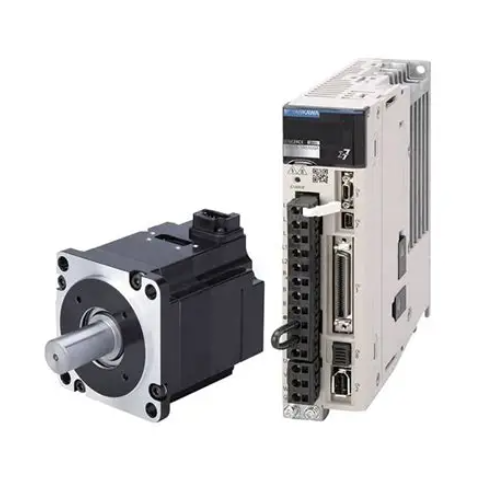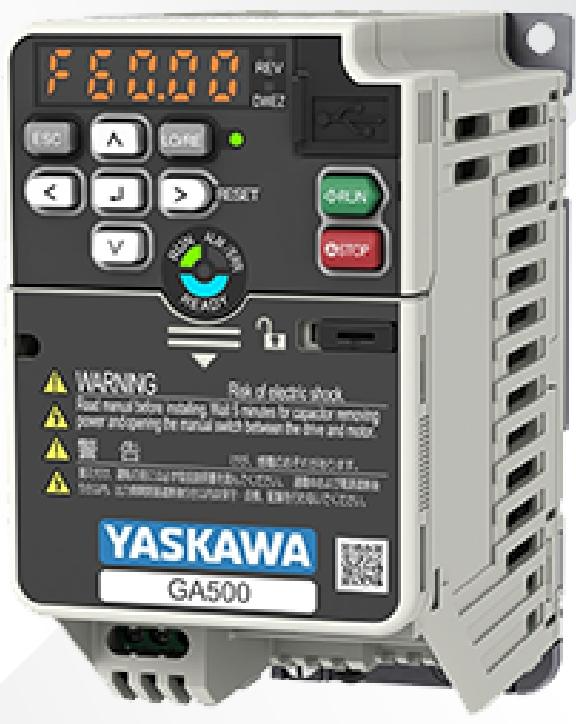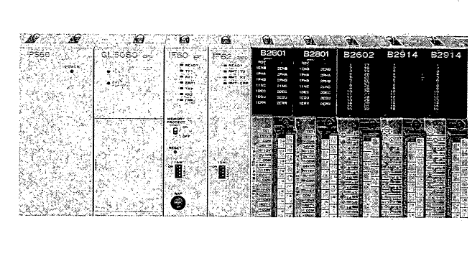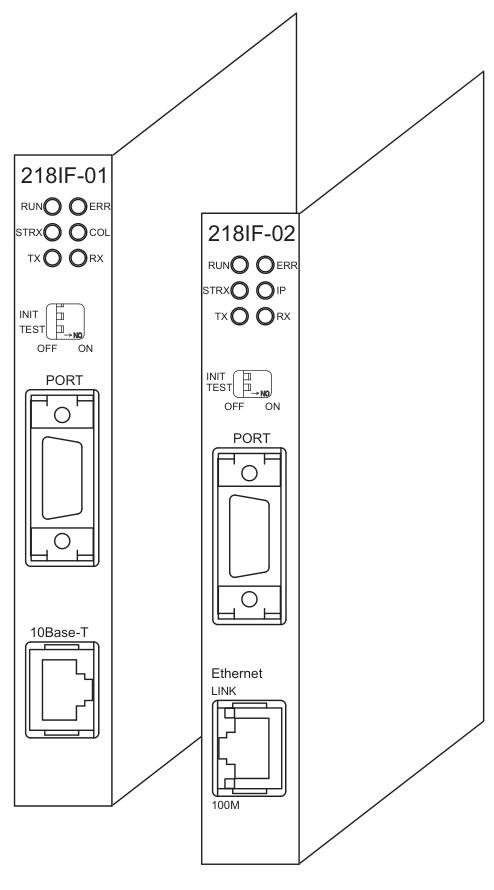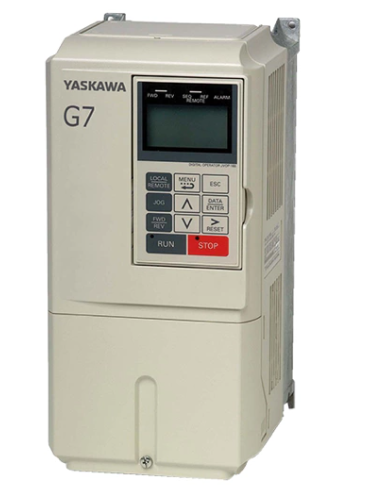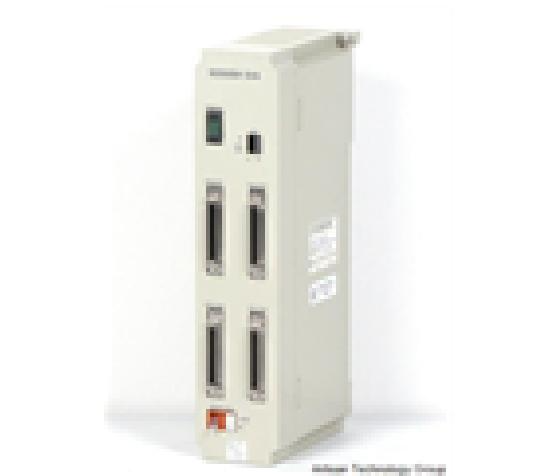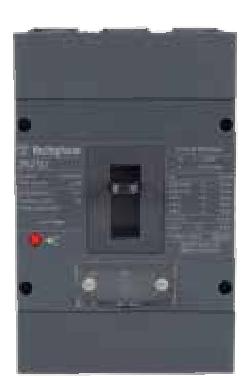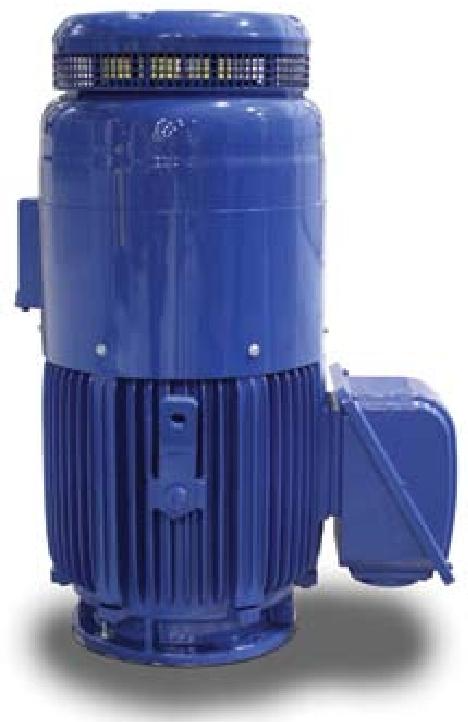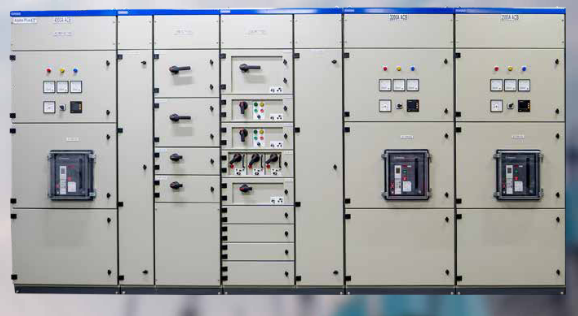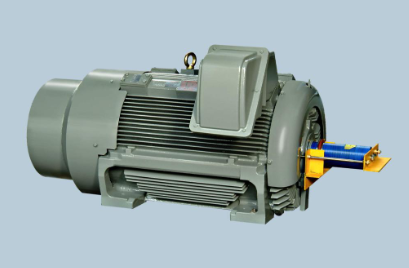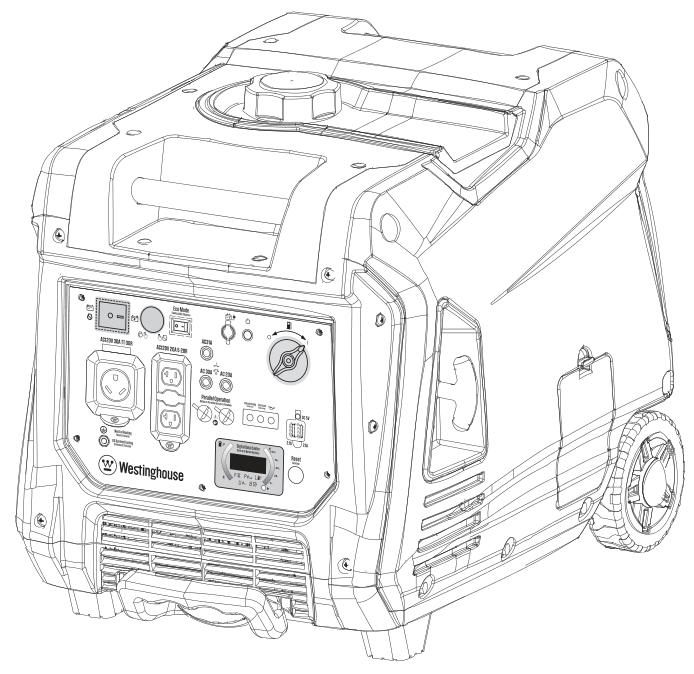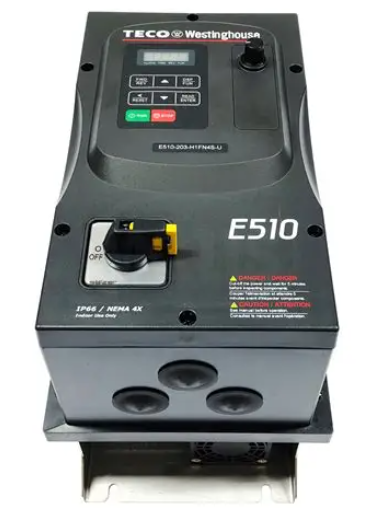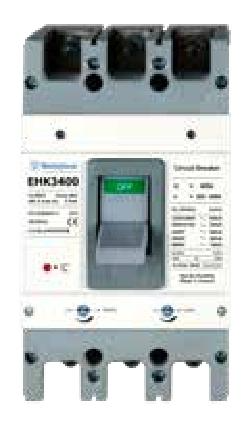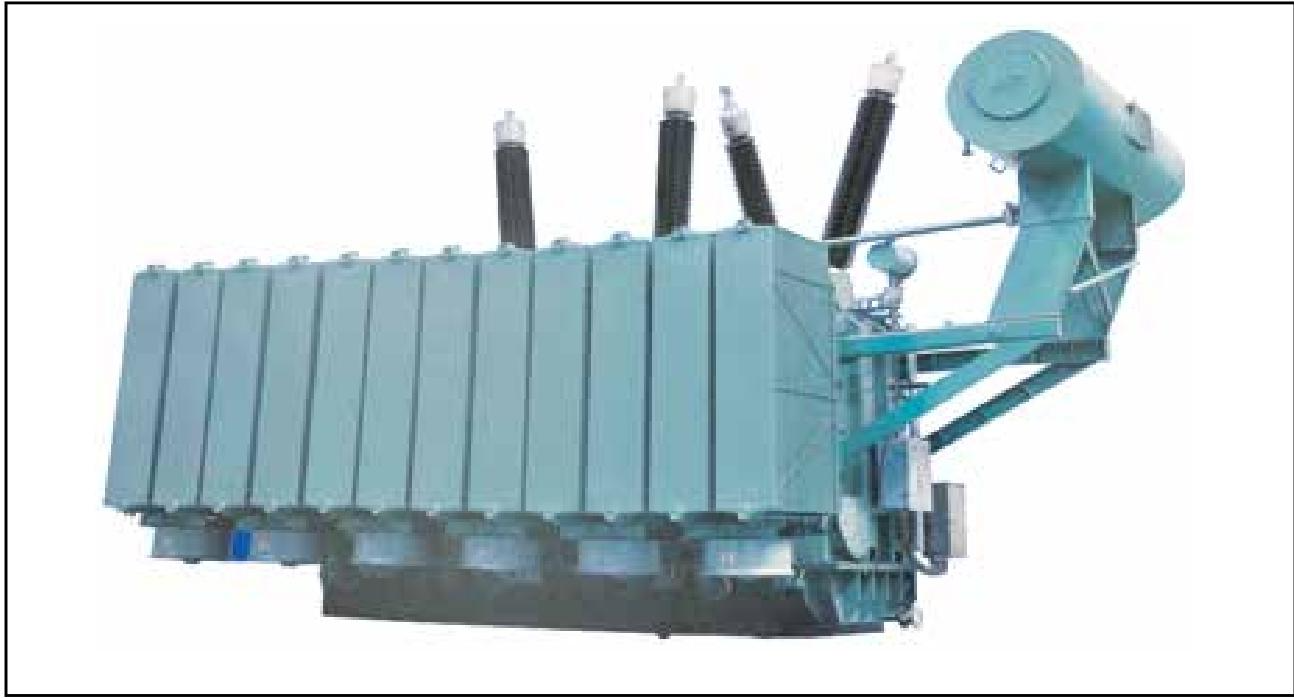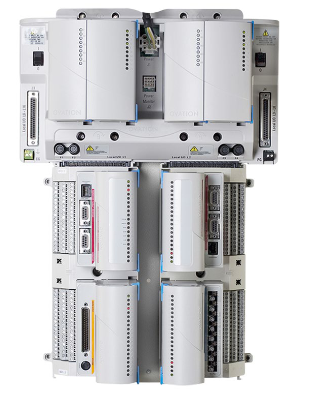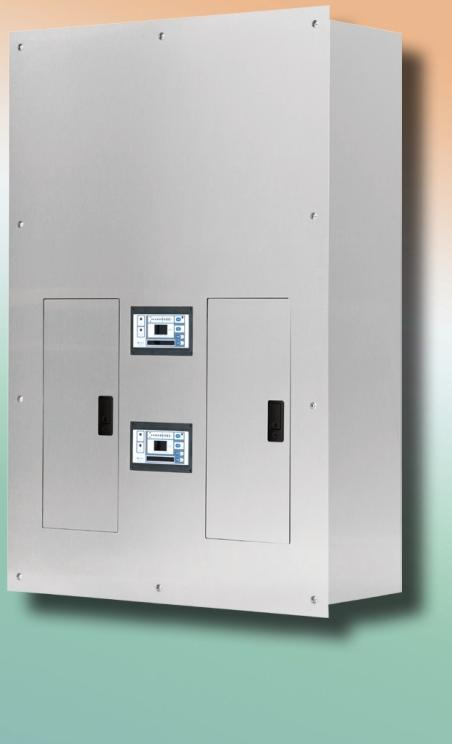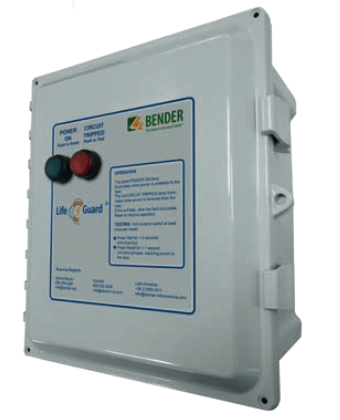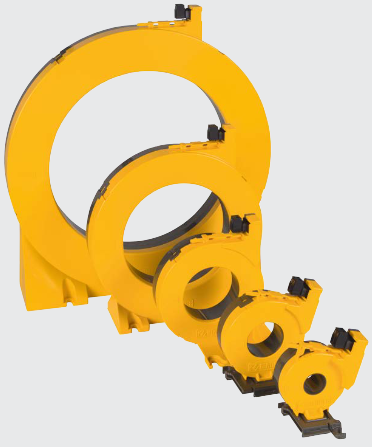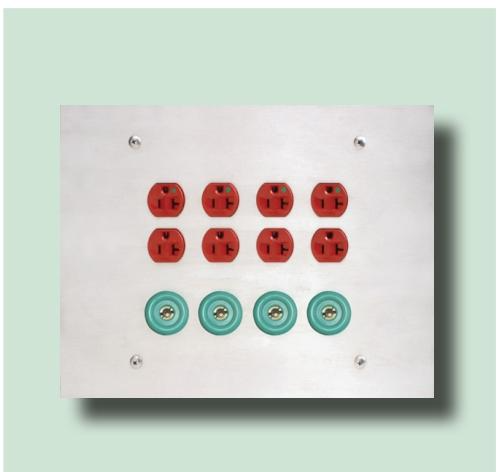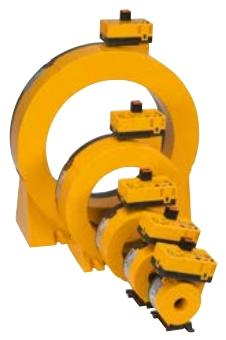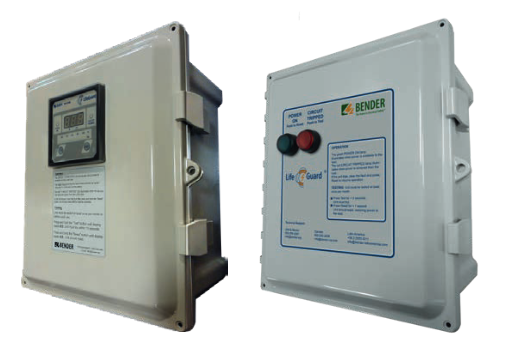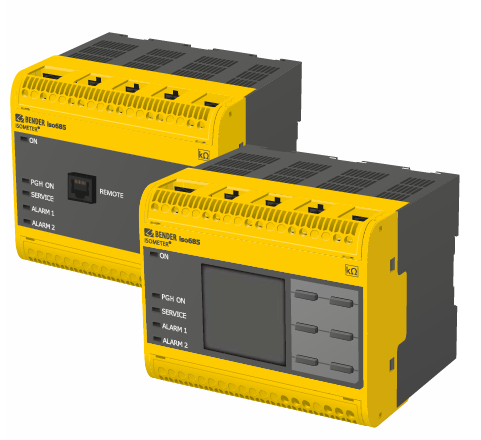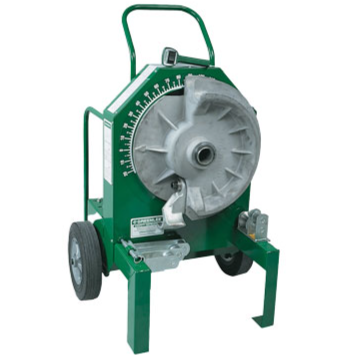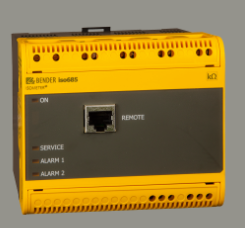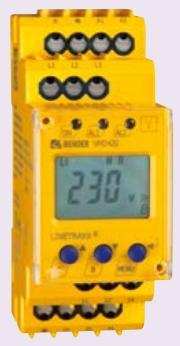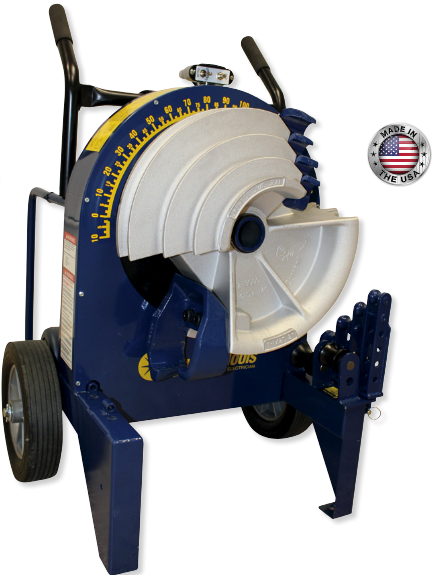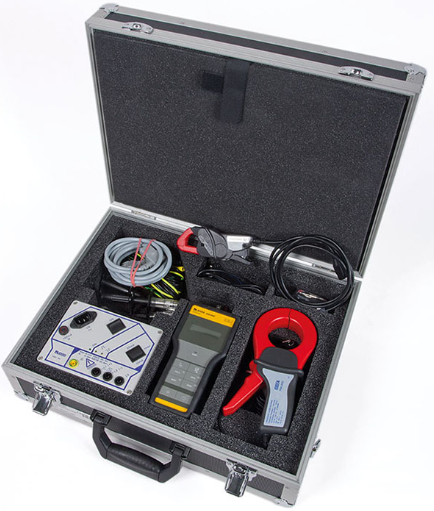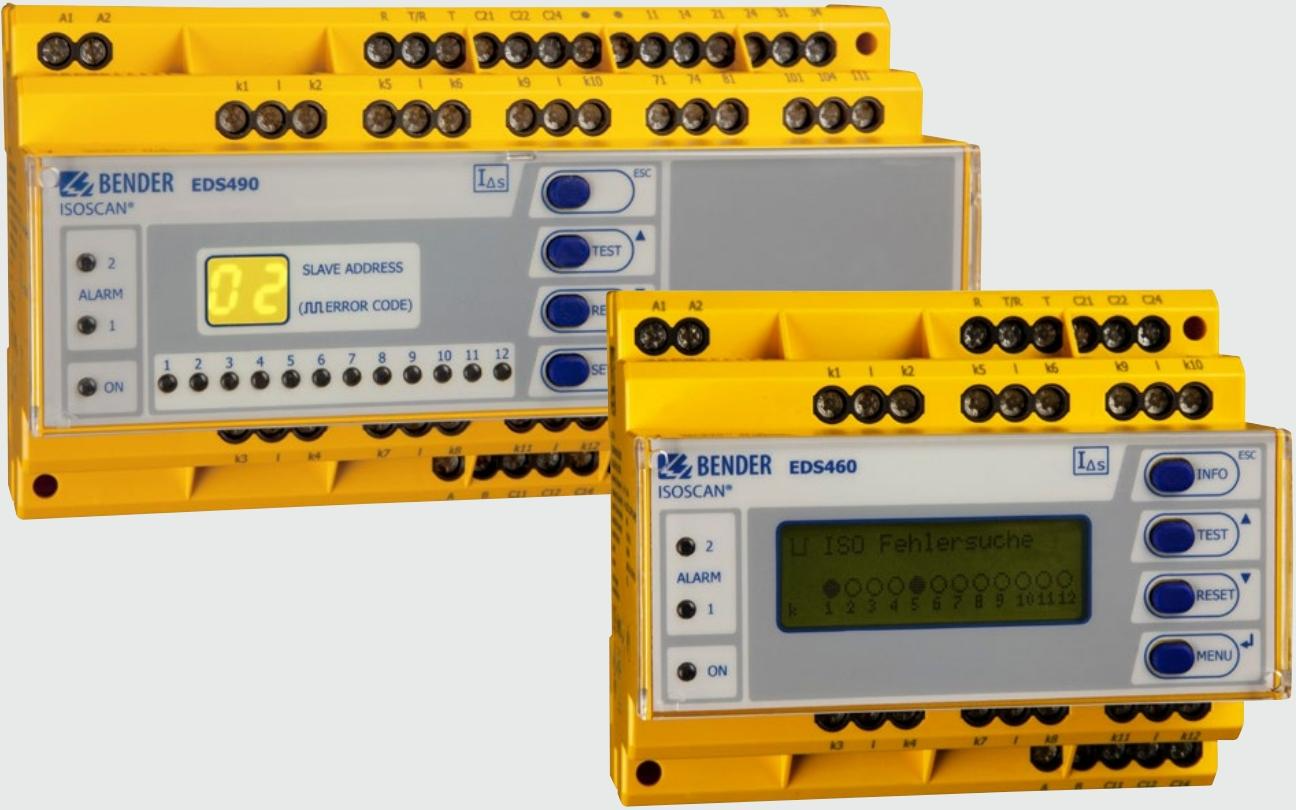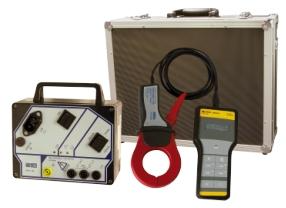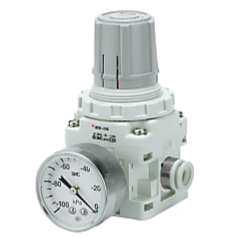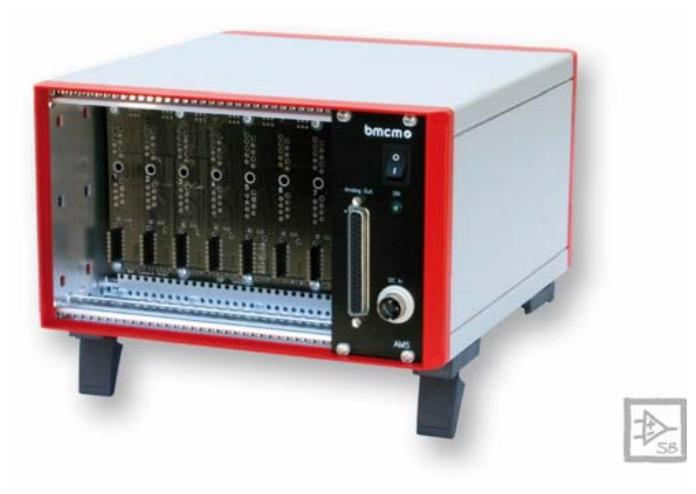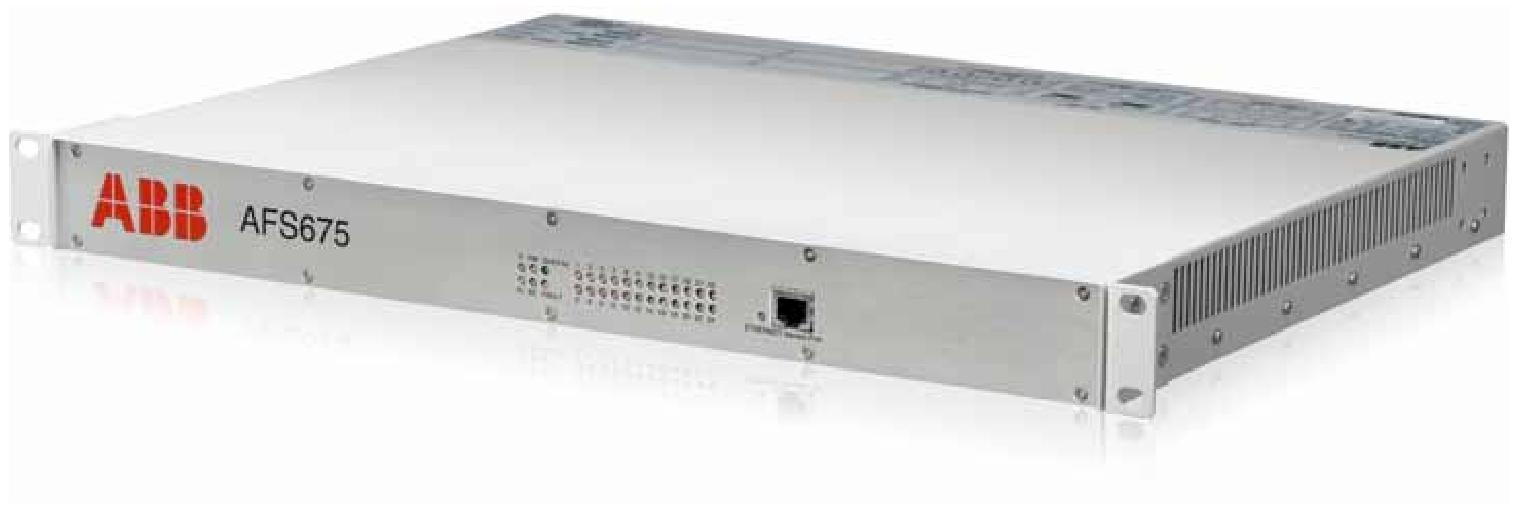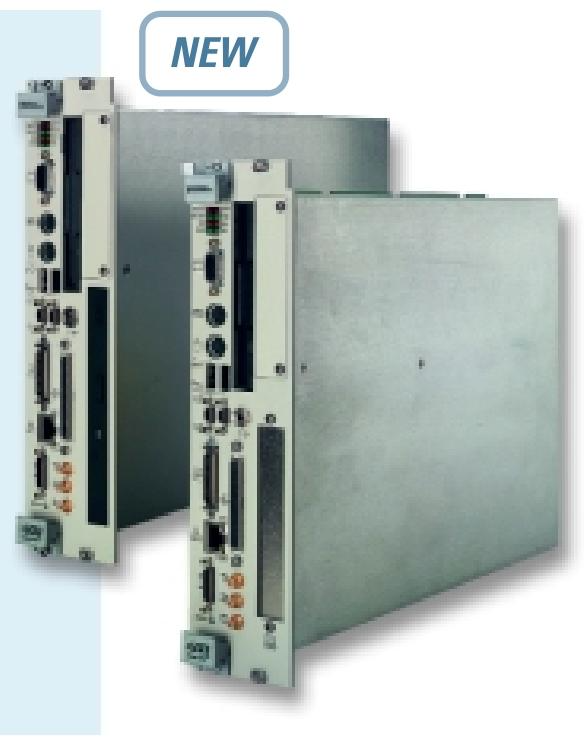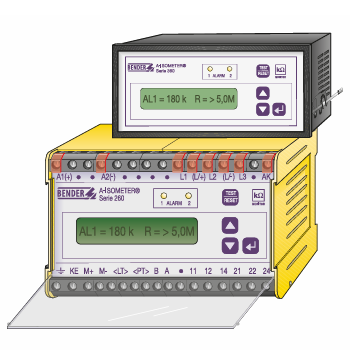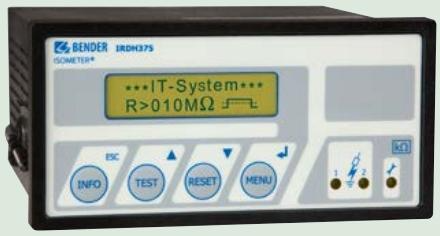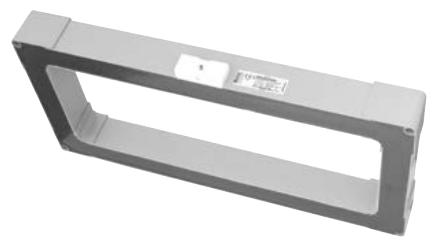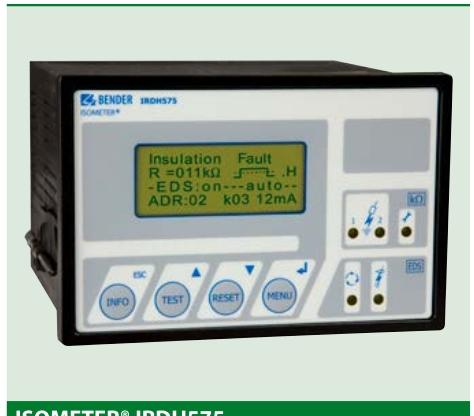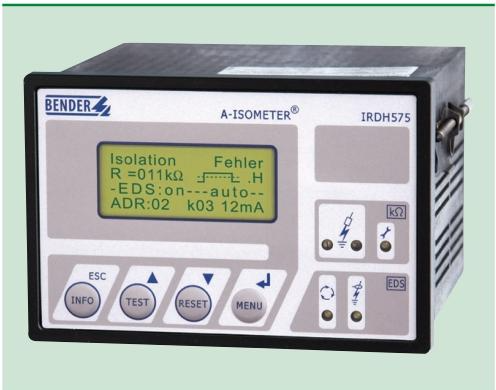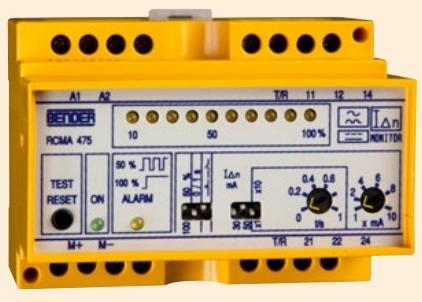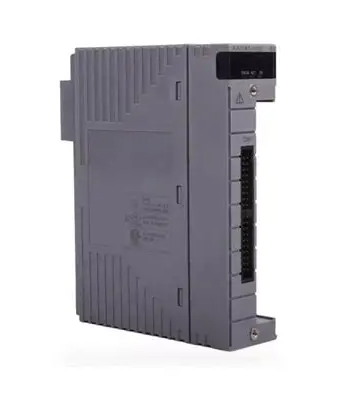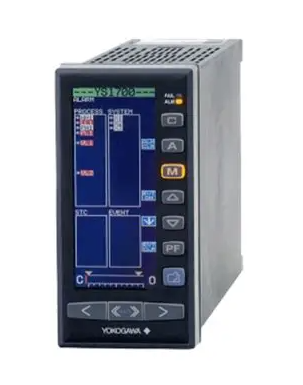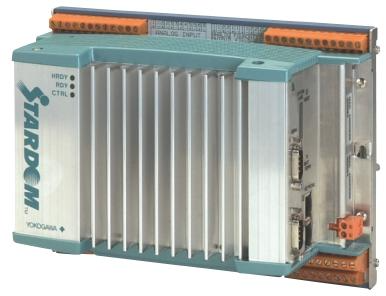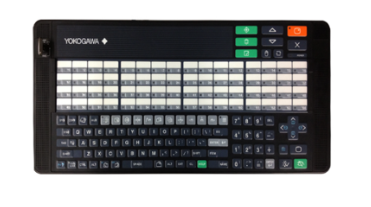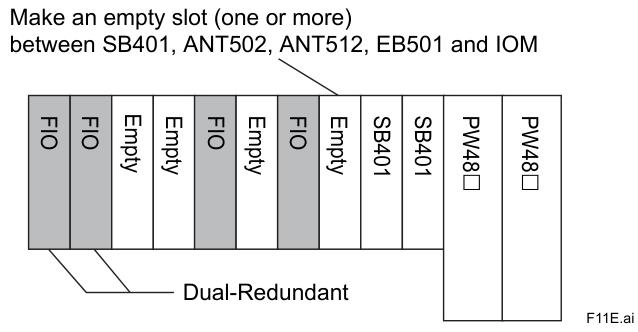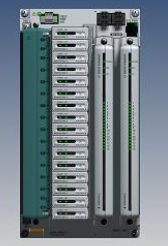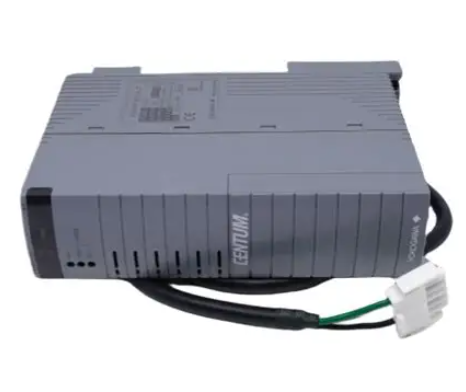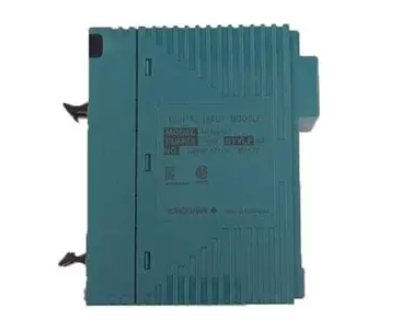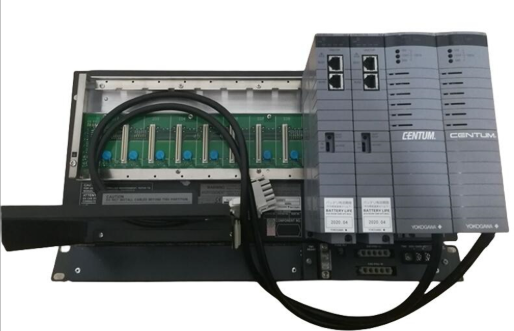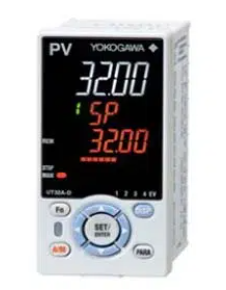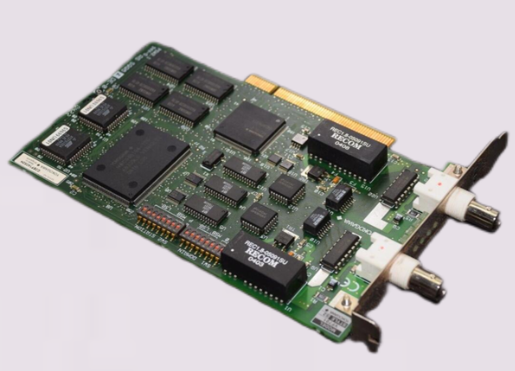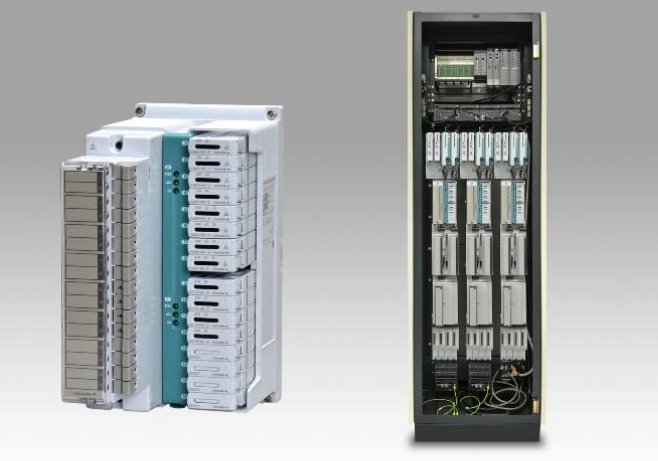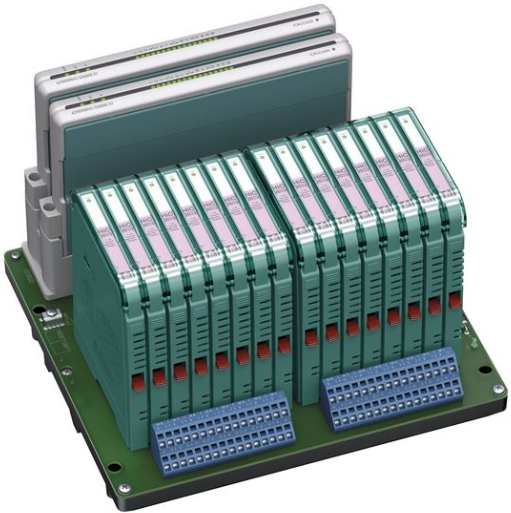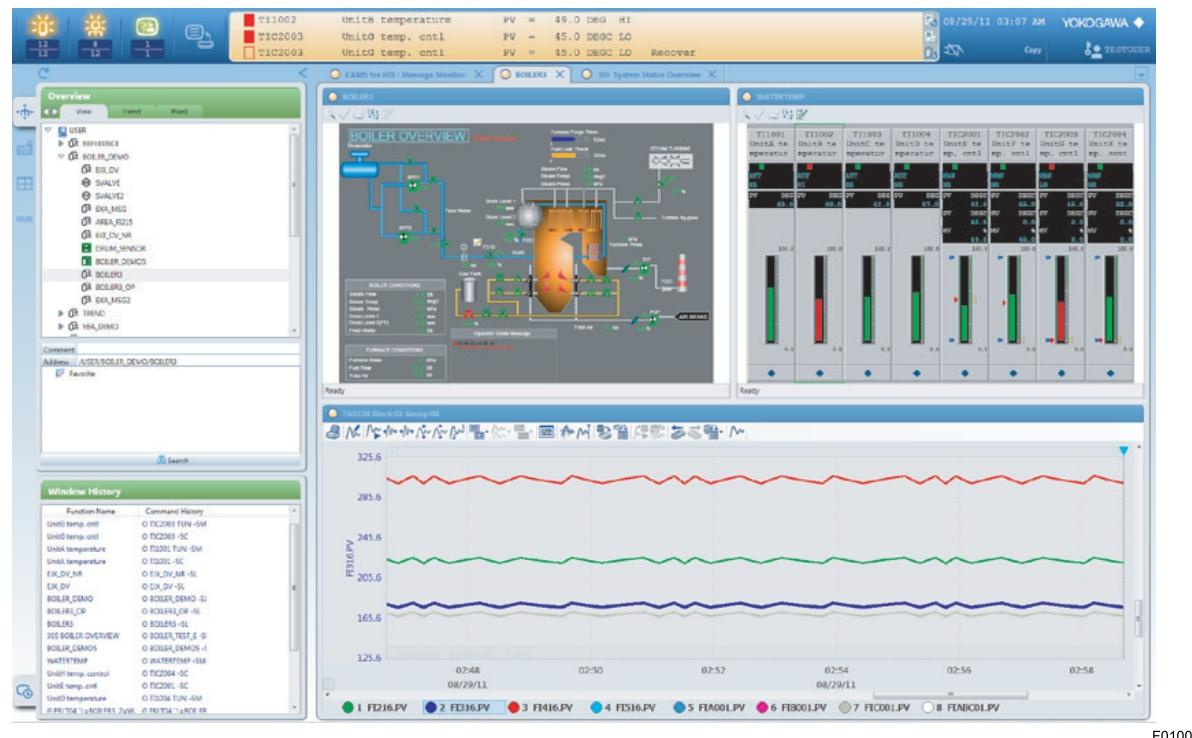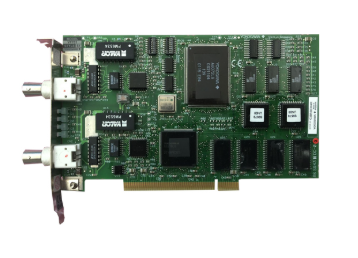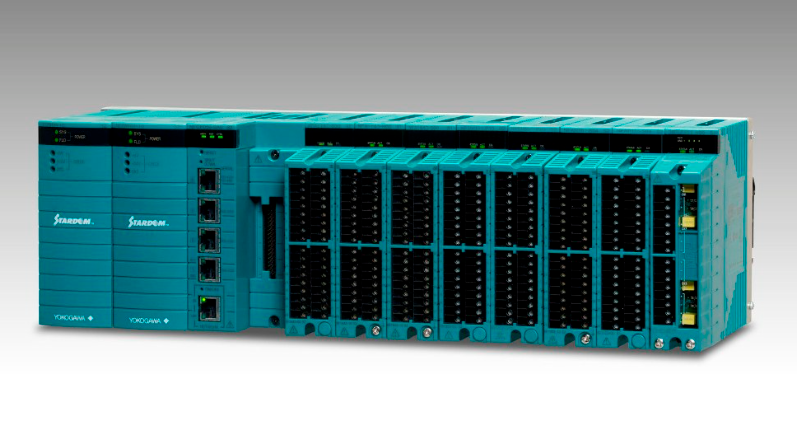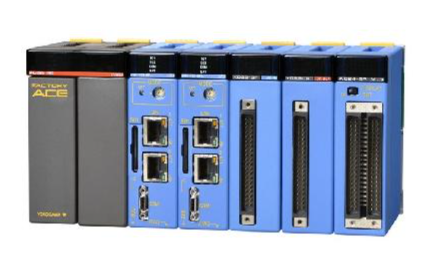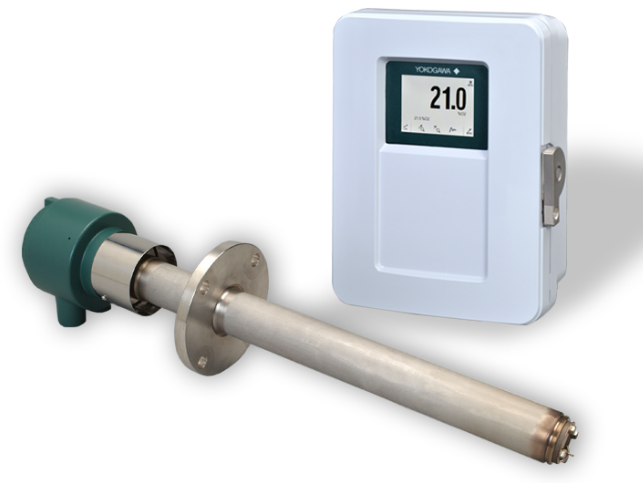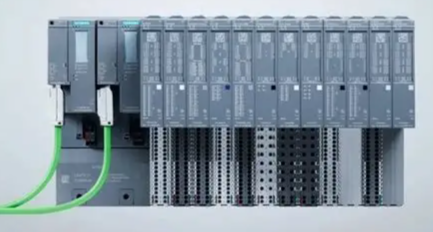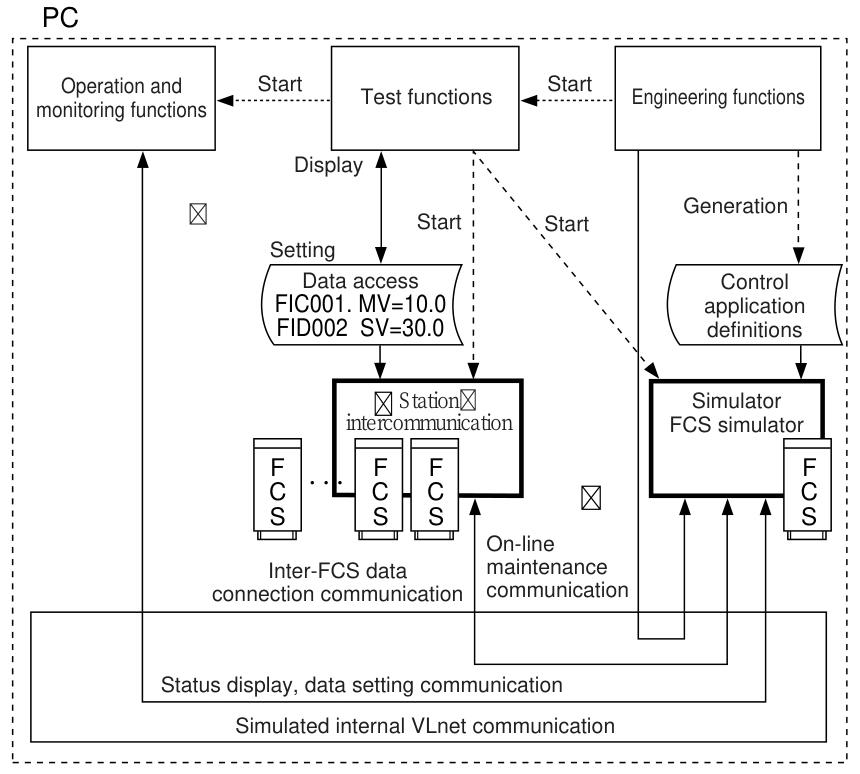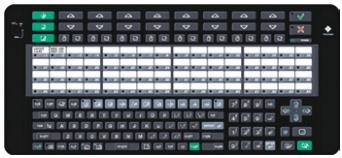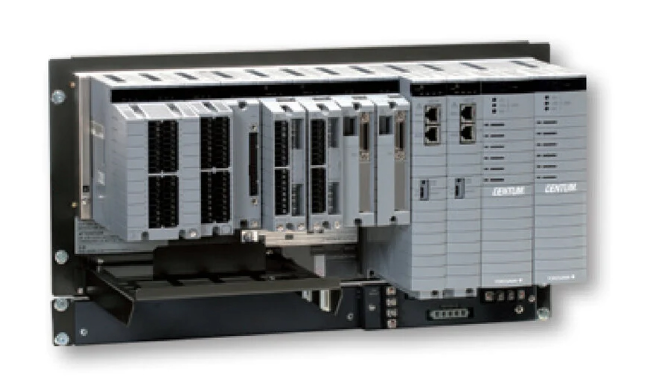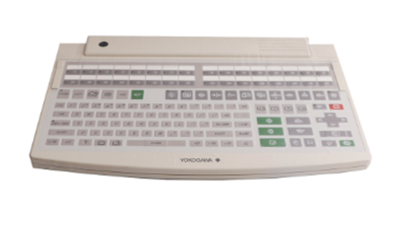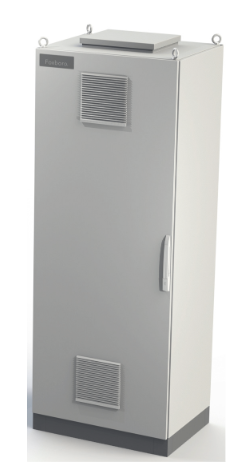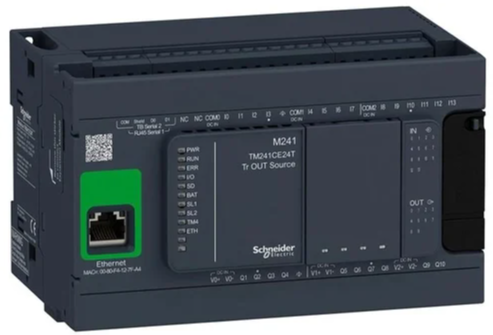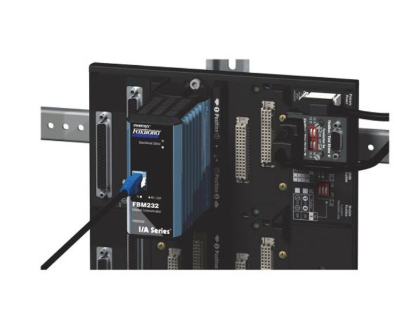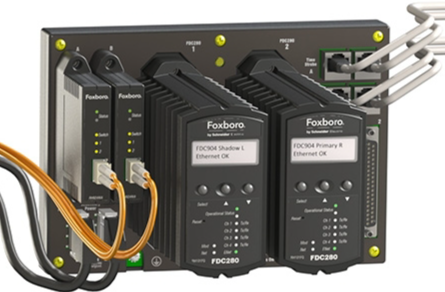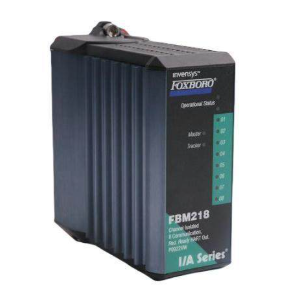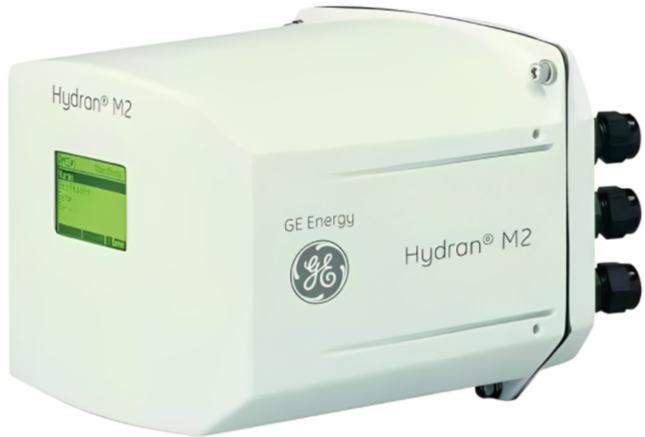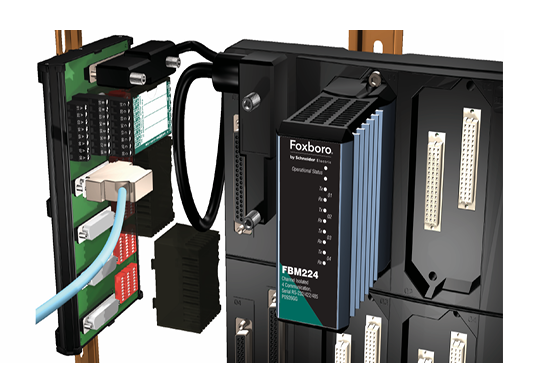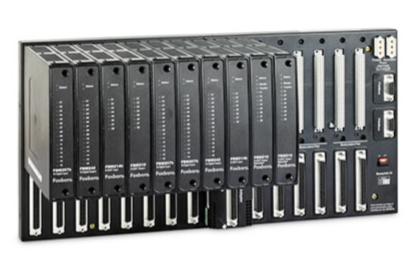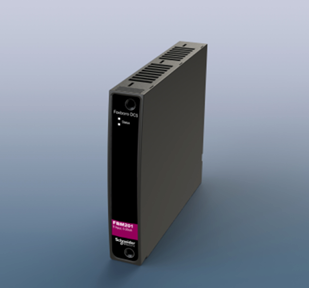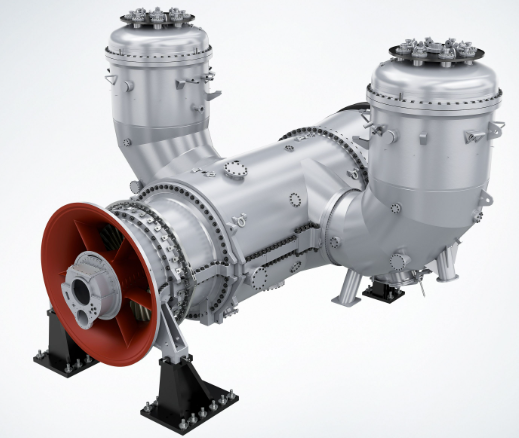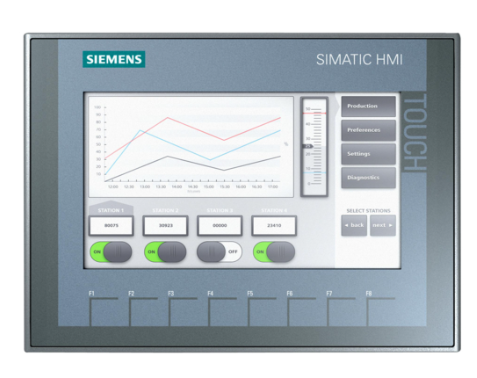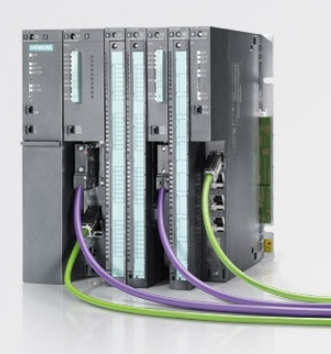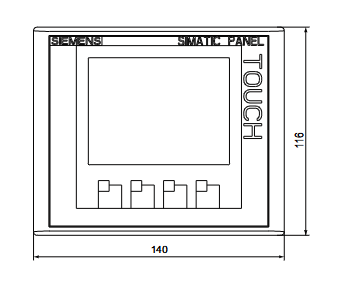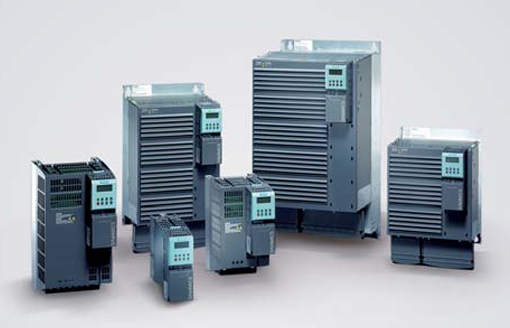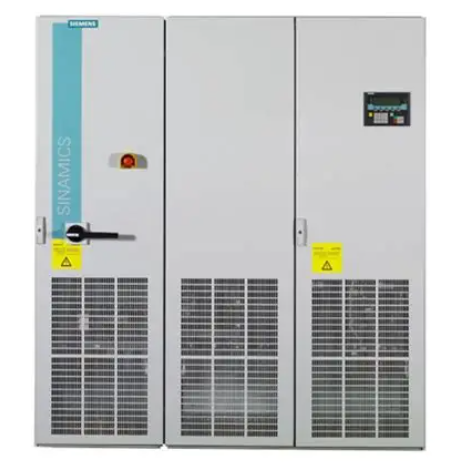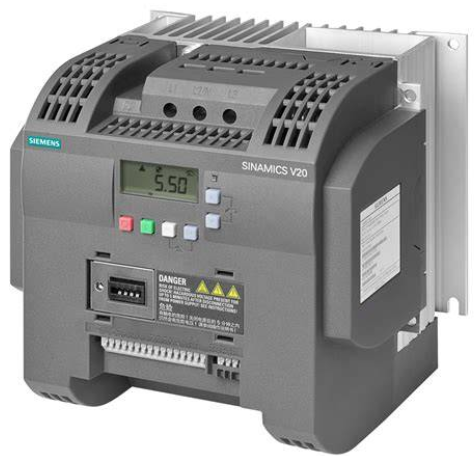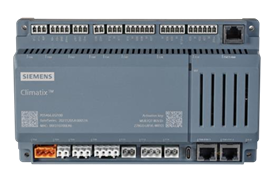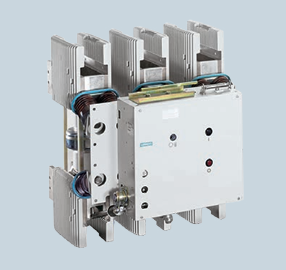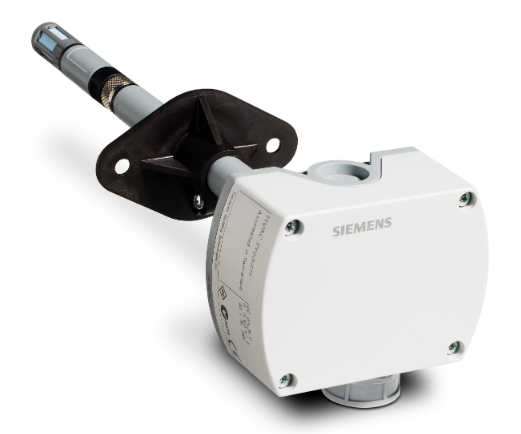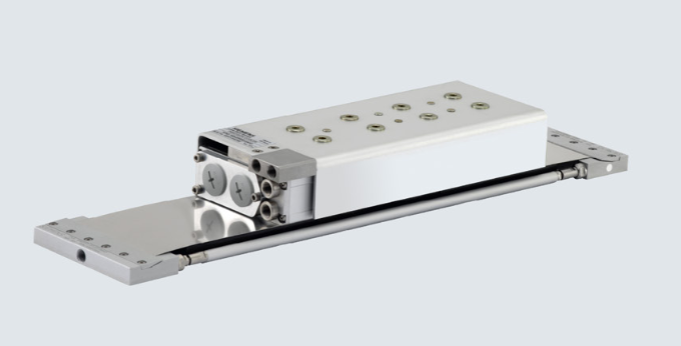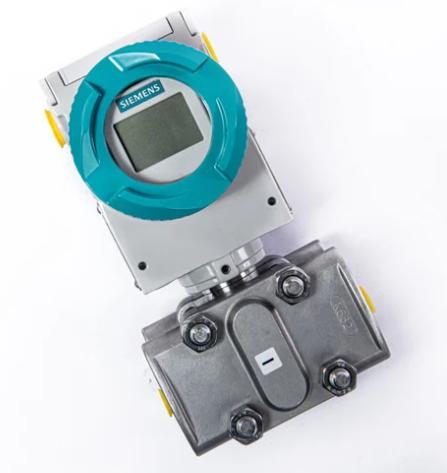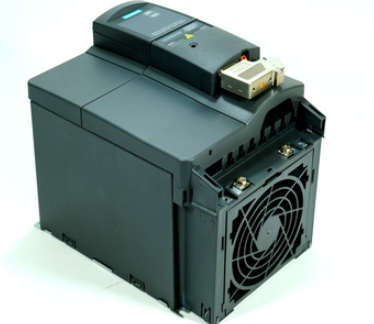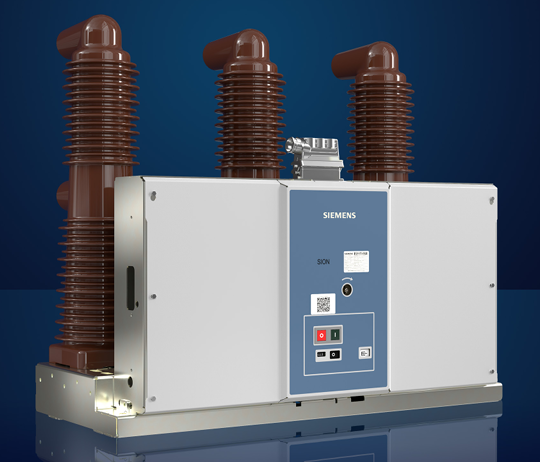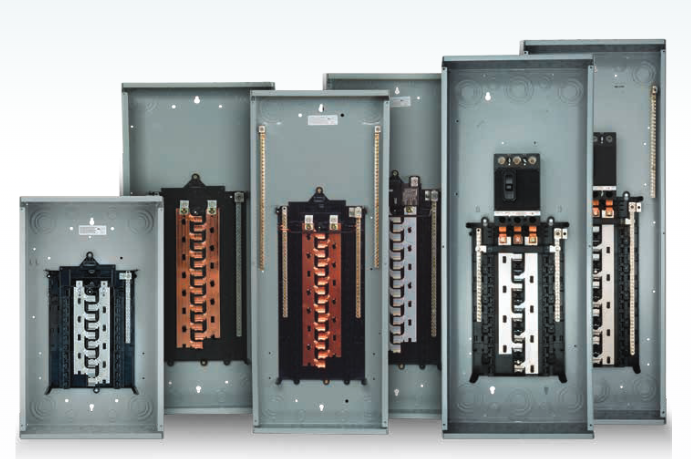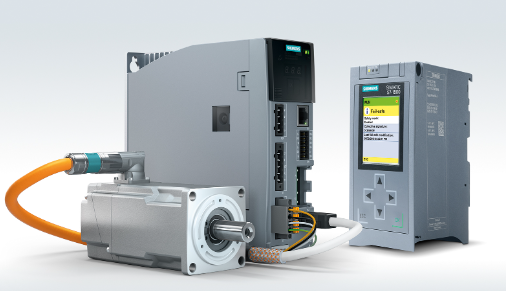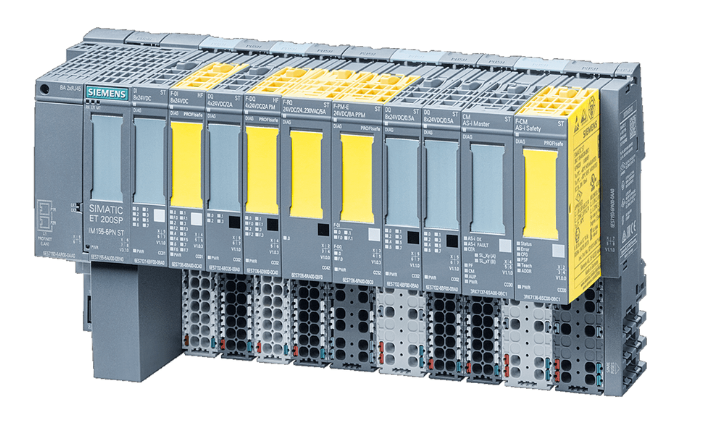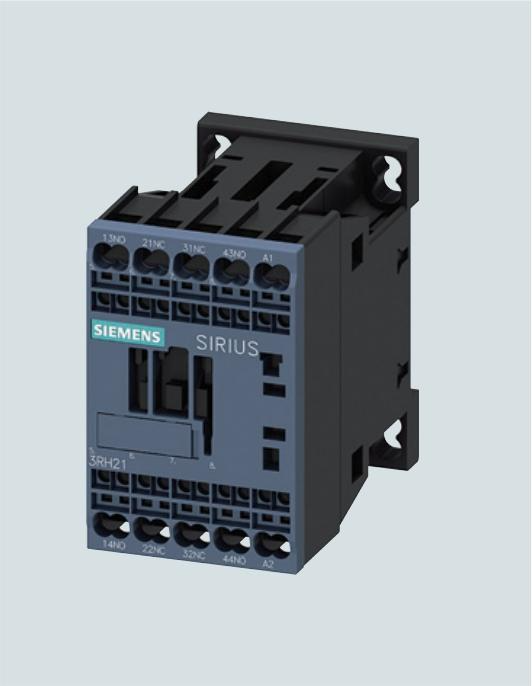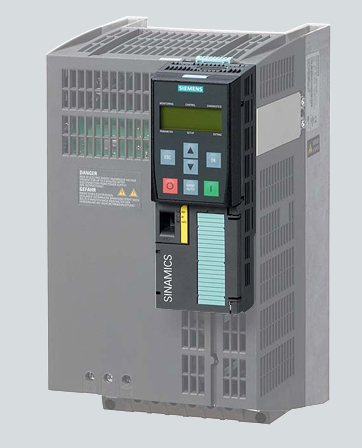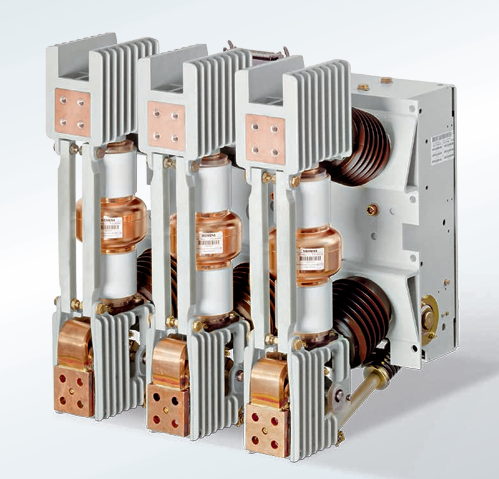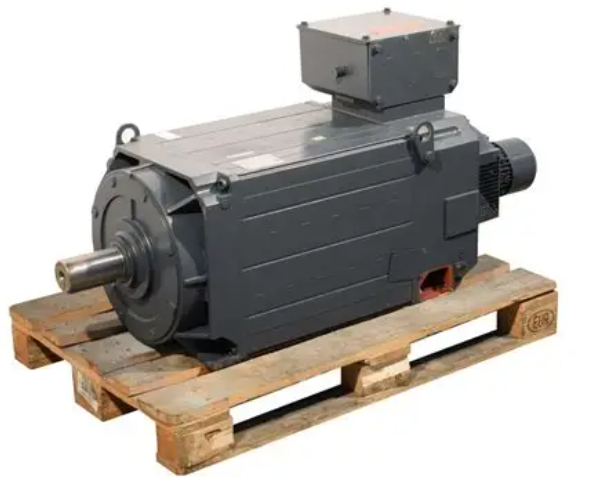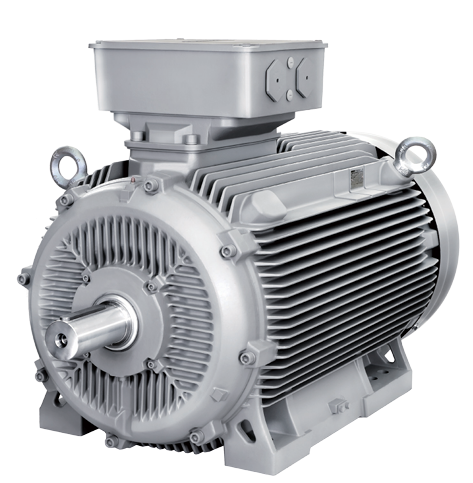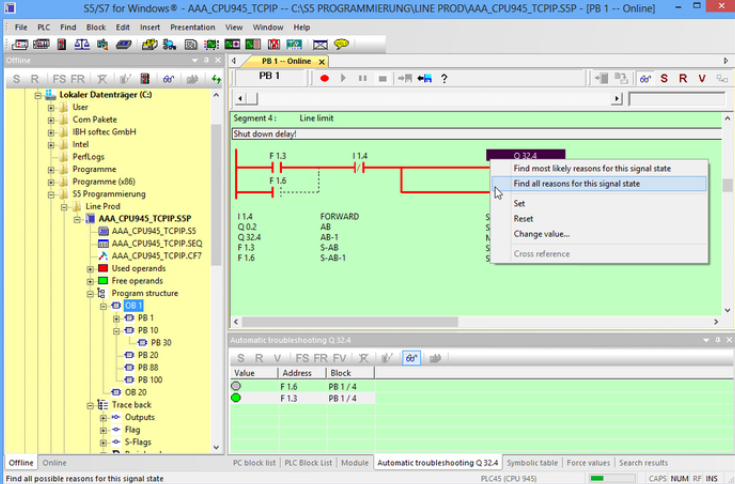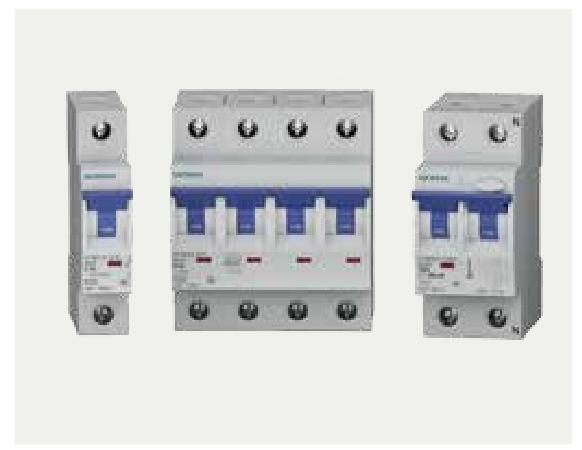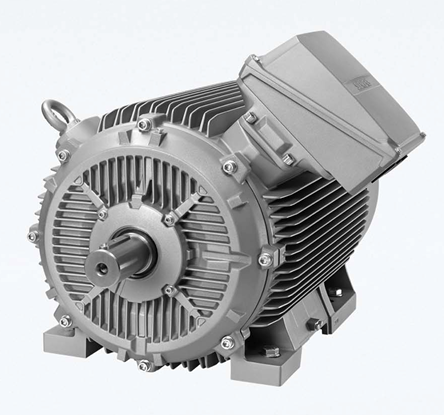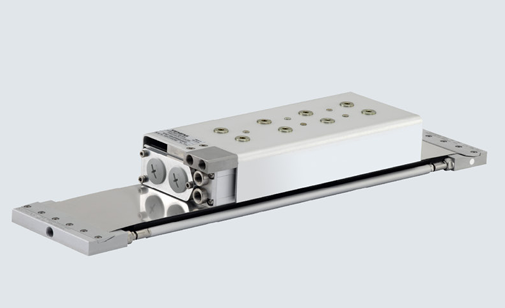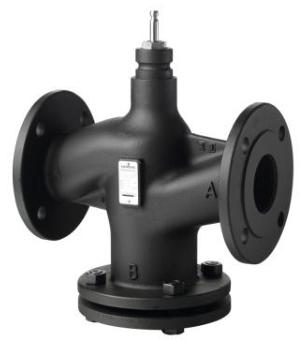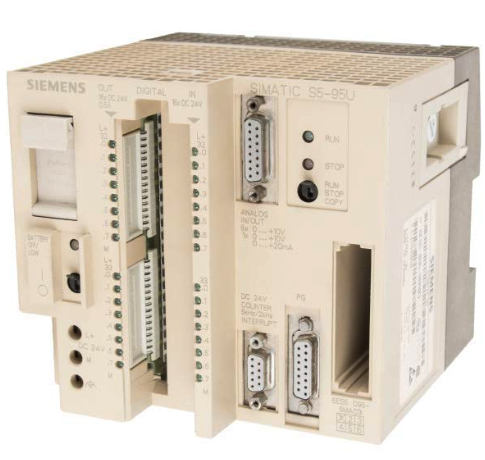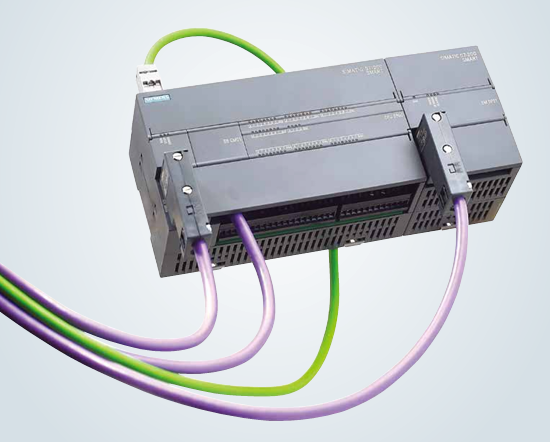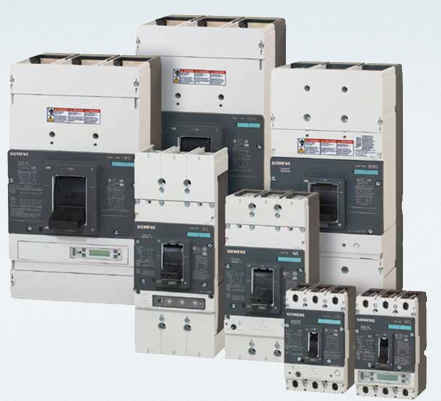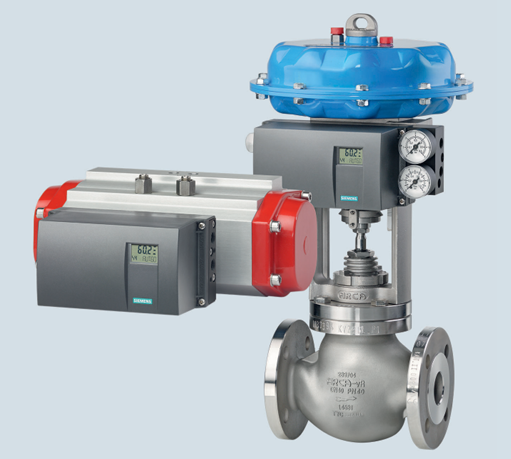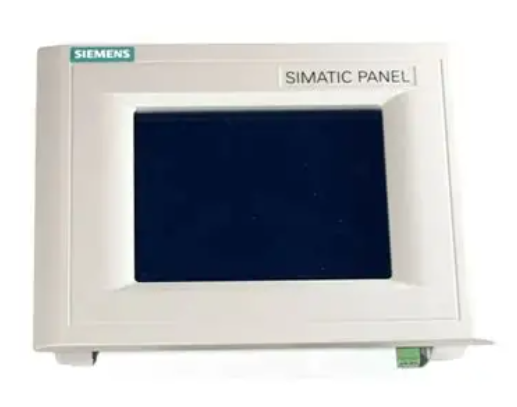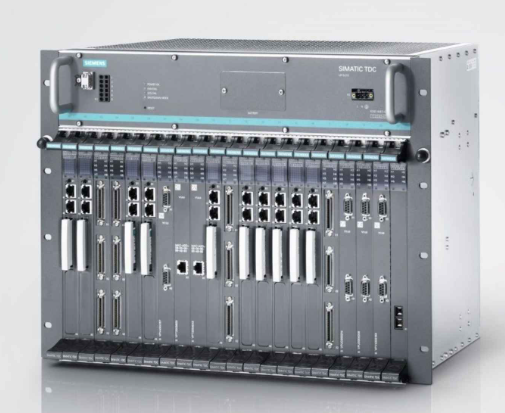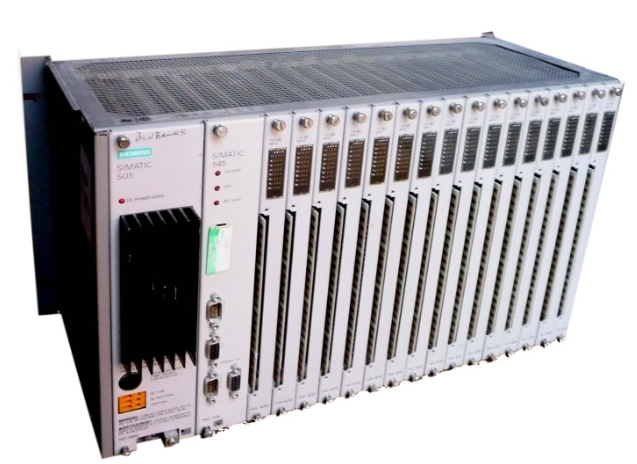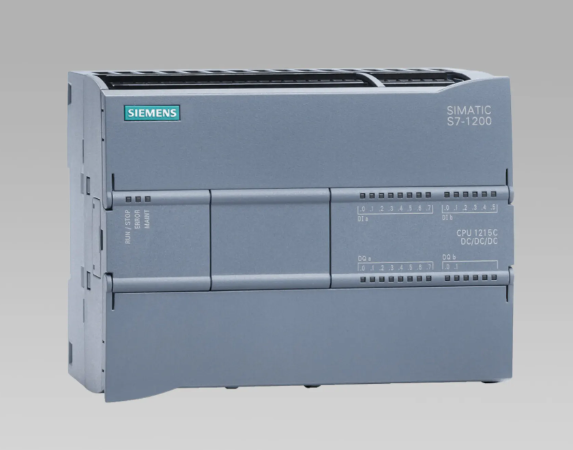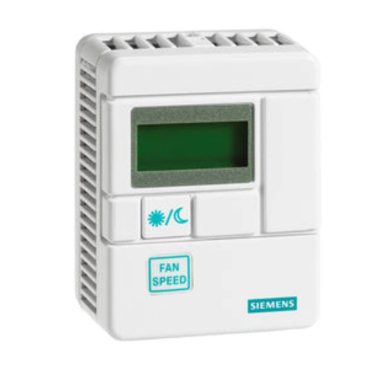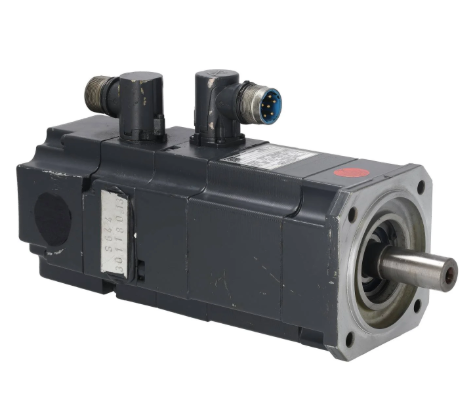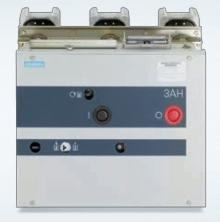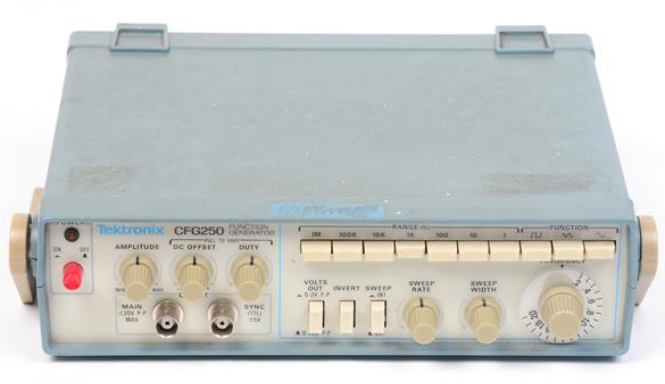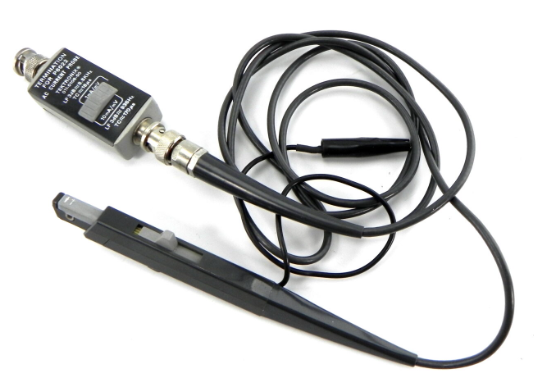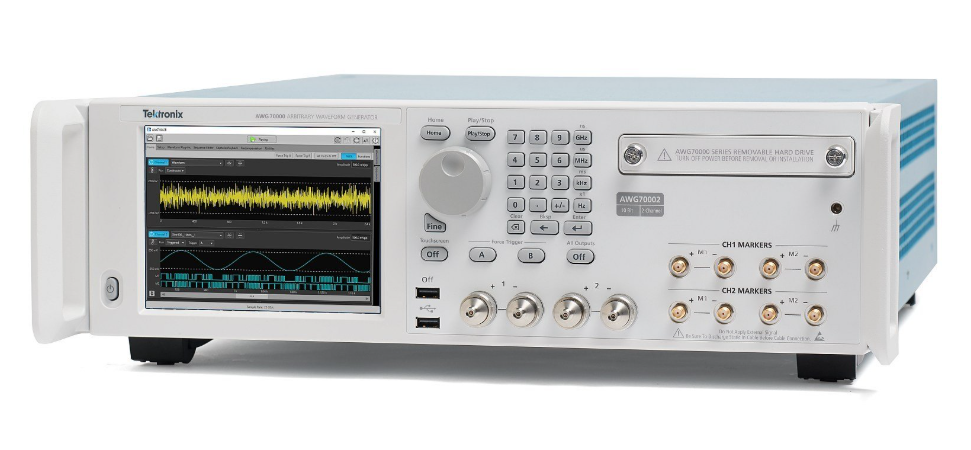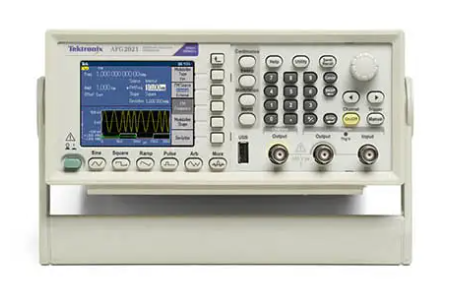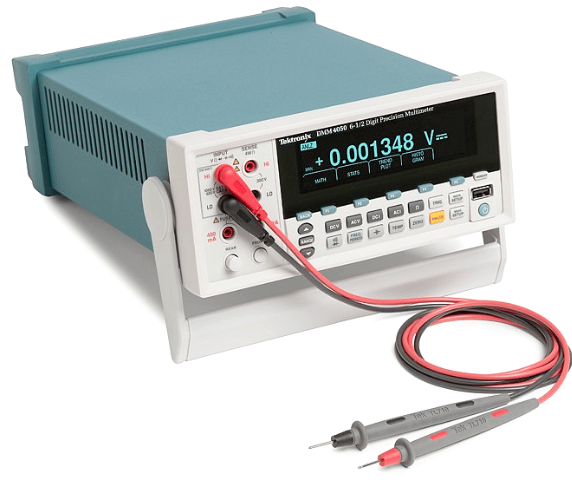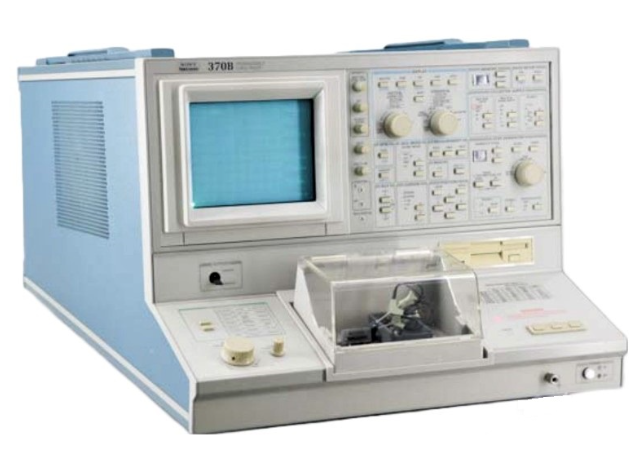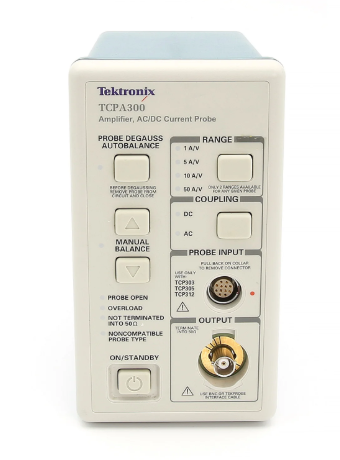

K-WANG


- Telephone:+86-15305925923
- contacts:Mr.Wang
- Email:wang@kongjiangauto.com
GE MVME5500 Single-Board Computer
GE MVME5500 Single-Board Computer
DESCRIPTION
The MVME5500 is the latest flagship of the Motorola VME product line, enabling even higher levels of performance in a single VMEbus slot. The MVME5500 utilizes the latest MPC7455 processor running at speeds of 1 GHz and beyond, which is ideal for data intensive applications.
The MVME5500 provides more than just faster processor performance; it provides balanced performance from the processor, memory, local buses, and I/O subsystems. The powerful Marvell Discovery system controller, with support for a 133 MHz host bus and a 133 MHz SDRAM memory bus, is well matched to the high-speed processor. To match the system I/O to the outstanding processor performance, the MVME5500 provides dual 64-bit, 33/66 MHz PCI buses. Each PCI bus has a PMC site supporting cards running at 33 or 66 MHz. The Universe II VME interface and PMCspan connector are isolated from the PMC sites on a dedicated 33 MHz PCI bus segment, so that both PMC sites are capable of 66 MHz operation. The MVME5500 also offers a Gigabit Ethernet interface, a 10/100BaseTX Ethernet interface, and two serial ports. All of this adds up to a set of well-balanced, high-performance subsystems for unparalleled performance.
FEATURES
■ MPC7455 processor at speeds of 1 GHz and beyond
■ 256KB of on-chip L2 cache and 2MB of L3 cache
■ AltiVec coprocessor for high-performance computational applications
■ 512MB of on-board SDRAM ECC memory and 512MB additional memory via a memory mezzanine card for a total of 1GB of memory
■ 40MB Flash memory (32MB soldered and 8MB in sockets)
■ Dual PCI buses and dual PMC sites with a bus speed of up to 66 MHz
■ Gigabit Ethernet interface and a 10/100BaseTX Ethernet interface
■ 64-bit PCI expansion mezzanine connector allowing up to four more PMCs
■ I/O compatibility with MVME51xx family
■ Single VME slot even when fully configured with two PMC modules or one PMC module and an add-on memory mezzanine
Backward Compatibility
The MVME5500 continues the direction that Motorola started with the MVME5100 series of providing a migration path from Motorola’s embedded controllers and single-board computers (SBCs) to a single platform. This migration path enables OEMs to support varying I/O requirements with the same base platform, simplifying part number maintenance, technical expertise requirements, and sparing.
The MVME5500 series offers customers a migration path from the MVME2300, MVME2400, MVME2600, MVME2700, and MVME5100 boards to allow them to take advantage of features such as the MPC7455 processor, Gigabit Ethernet, and 33/66 MHz PMC sites.
P2 I/O Modes
Like the MVME5100 series, the MVME5500 series supports two, jumper-configurable P2 I/O modes: PMC mode and IPMC mode. PMC mode is backward compatible with the MVME2300/MVME2400 and MVME5100 in PMC mode. In PMC mode, 64 pins from PMC Slot 1 and 46 pins from PMC Slot 2 are available on P2 for PMC rear I/O. In IPMC mode, the MVME5500 series supports legacy MVME761 or MVME712M I/O modules (with limited PMC I/O) when an IPMC761 or IPMC712 PMC card is populated in PMC Slot 1. In this configuration, PMC Slot 2 contains some signals that are reserved for extended SCSI.
IPMC Modules
The IPMC761 and IPMC712 are optional add-on PMC modules that provide backward compatibility with previous generation Motorola products (such as MVME2600, MVME2700, and MVME5100 in IPMC mode) using the MVME761 or MVME712M transition module. IPMC modules provide rear I/O support for the following:
• One single-ended Ultra Wide SCSI port
• One parallel port
• Four serial ports (two or three async and one or two sync/async, depending on module)
Transition Modules
MVME761
The MVME761 transition module provides industry-standard connector access to the IEEE 1284 parallel port, a 10BaseT or 100BaseT port via an RJ-45 connector, two DB-9 connectors providing access to the asynchronous serial ports configured as EIA-574 DTE, and two HD-26 connectors providing access to the sync/async serial ports. These serial ports, labeled as Serial 3 and Serial 4 on the faceplate of the MVME761, are individually user-configurable as EIA-232, EIA-530, V.35, or X.21 DCE or DTE via the installation of Motorola serial interface modules (SIMs).
A P2 adapter provides interface module signals to the MVME761 transition module. The 3-row P2 adapter can be used for 8-bit SCSI. A 5-row P2 adapter supports 16-bit SCSI and PMC I/O.
MVME712M
The MVME712M transition module provides industry-standard connector access to the Centronics parallel port, a narrow SCSI port, and four DB-25 connectors providing access to the asynchronous/synchronous serial ports jumper configurable as EIA-232 DCE or DTE. A P2 adapter provides interface signals to the MVME712M transition module. The 3-row P2 adapter can be used for 8-bit SCSI.
To gain access to the additional user-definable I/O pins provided via the 5-row VME64 extension connector, a special P2 adapter board is available. This adapter panel replaces the traditional 3-row P2 adapter and extends its capability by providing access to the PMC I/O pins.
Firmware Monitor
Firmware must fulfill the traditional functions of power-on self-test (POST), initialization, and operating system booting. Motorola’s innovative firmware (known as MotLoad) that is resident on the MVME5500 exceeds these requirements with expanded features such as interrupt driven I/O, more comprehensive power-up tests, and extensive diagnostics with new scripting capability. And of course, MotLoad provides a debugger interface similar to the time proven "BUG" interface on previous VMEbus boards from Motorola.

| User name | Member Level | Quantity | Specification | Purchase Date |
|---|







